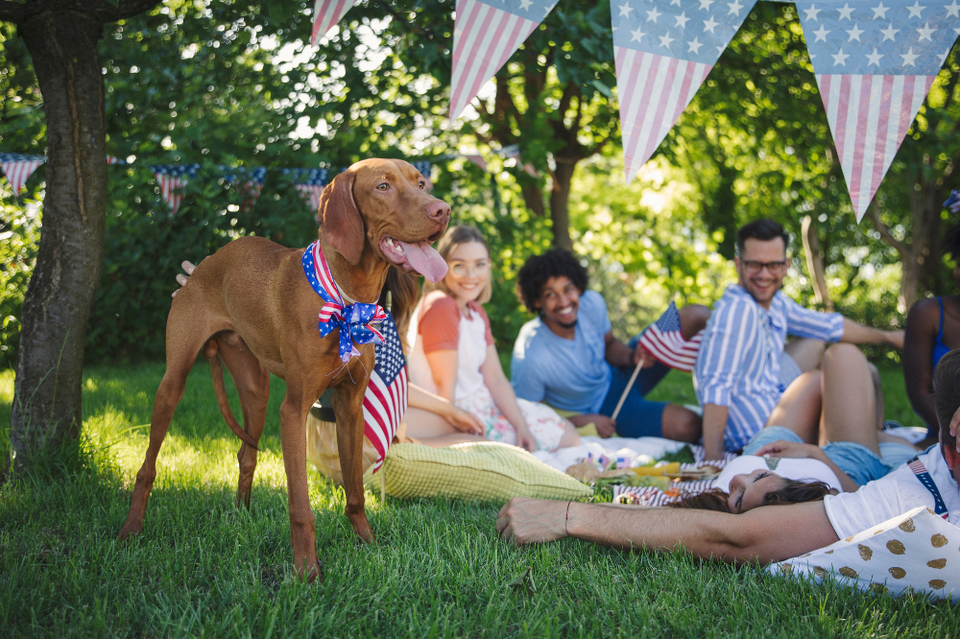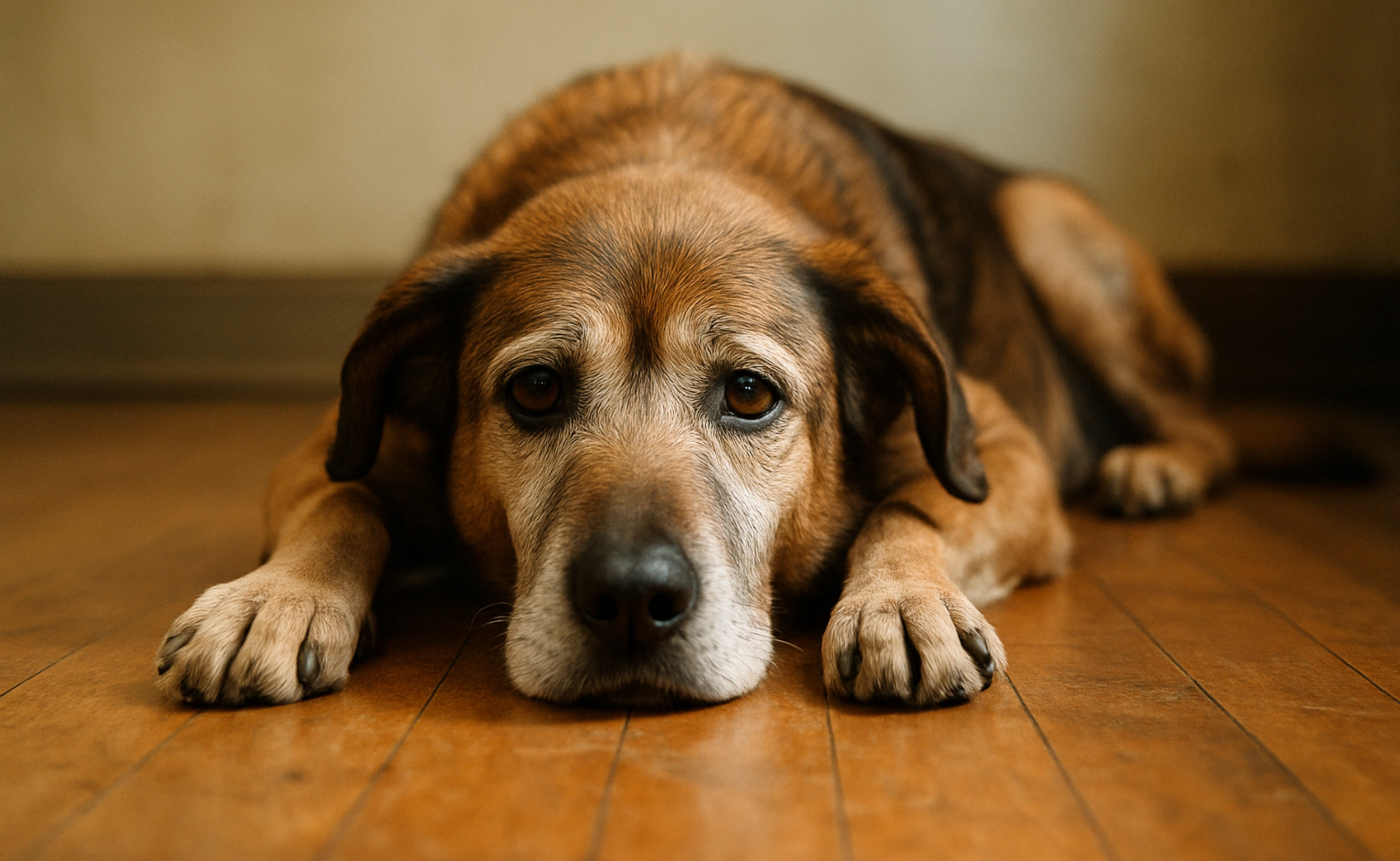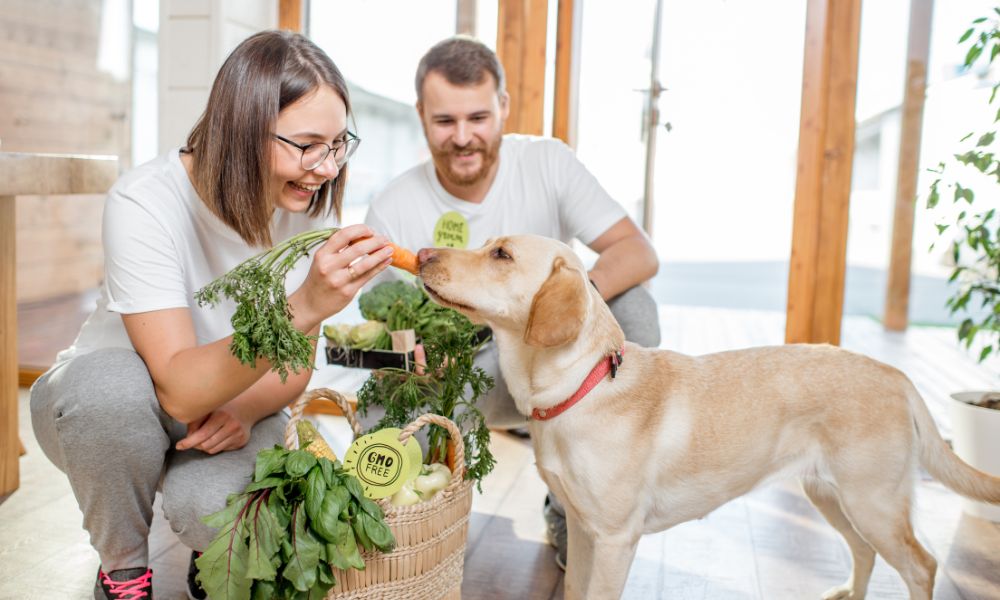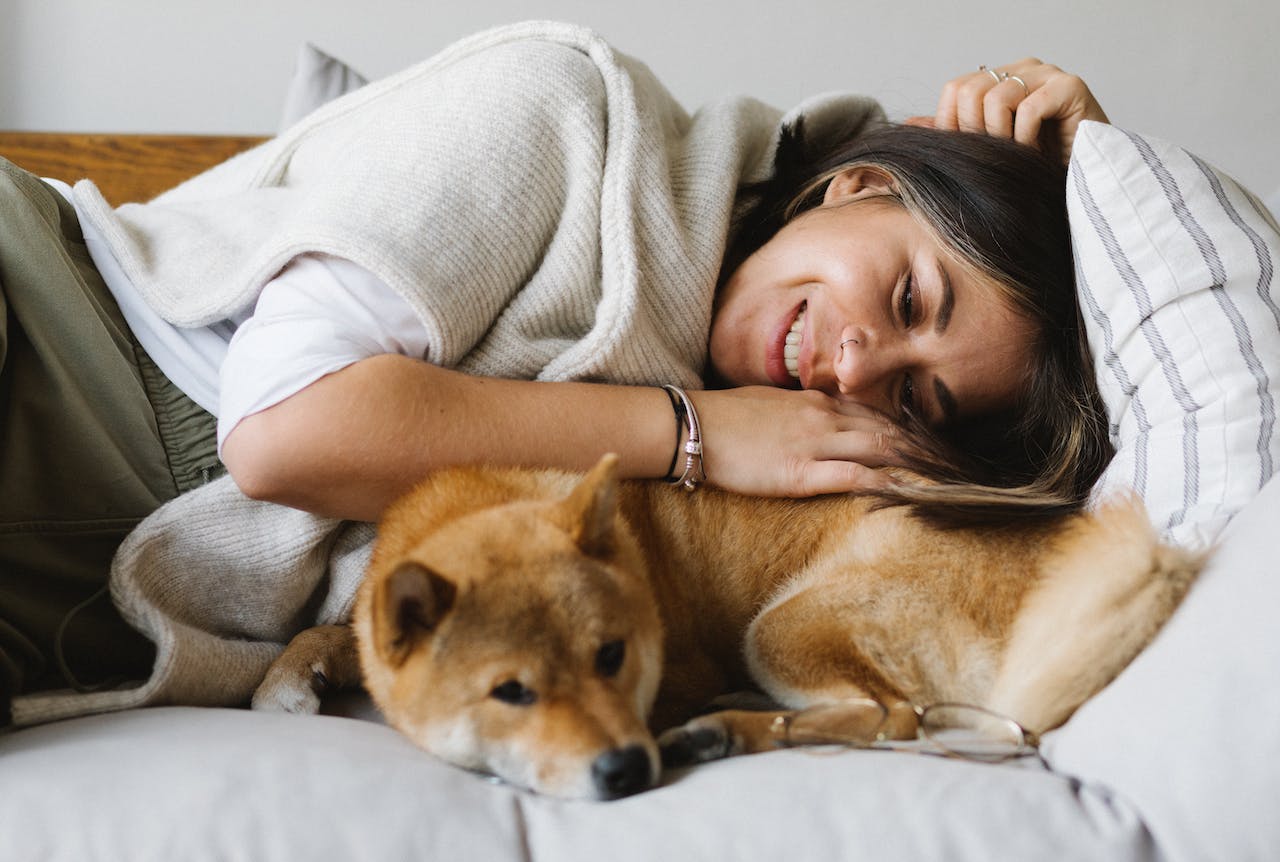
Tips on Prepping your Dog for Fireworks

The 4th of July is a date dreaded by many dog owners for one simple reason: The sound of fireworks can scare our fur babies senseless and leave them quaking while frantically trying to find an escape. In fact, more dogs run away or are lost during this holiday than any other time of the year.
If you’re lucky enough to have one of the breeds of birding dogs (also called gun dogs) that are often not bothered by loud sounds, then you probably don’t have this issue. But if your dog is freaked out by fireworks, there are steps you can take to help ease the experience and lessen your dog’s fear.
Why do dogs hate fireworks?
Naturally, dogs have no intellectual concept of what fireworks are. All they know is that there are sudden loud noises coming from outside, and they can often seem to be coming from everywhere at once. They’re also irregular and unpredictable, unlike anything a dog may have encountered in nature, and they can come with the smell of gunpowder or sulfur, which may further upset your dog.
Remember: While thunder is also loud and scary, it’s a completely different sound and feeling than fireworks.
Your dog can interpret the sound of fireworks as a threat, which will trigger their fight or flight response. They may either start barking and acting aggressively in order to chase the threat away, or they may try to find a place to hide or some way to escape the noise.
This is why so many dogs are lost during the holiday, especially if people leave them outside. They will do what they can to escape the noise, whether it’s leaping over fences, digging under them, or clawing and chewing their way through them. Once they’re out of the enclosed space, they’ll just run until they feel safe.
This should tell you what the number one rule for helping your dog deal with fireworks is: keep them inside while the noise is happening.
Preparing your dog for fireworks

Ideally, you should be able to gradually train your dog to not react to the noise at all, but that process takes time, so we’ll discuss it later.
Here are things that you can do on the day of the holiday.
1. Give them exercise.
The first step here is to take them for a long walk to tire them out. Do it well before the booms begin. The goal is to put your dog in a relaxed state by draining their excess energy.
2. Close windows and curtains.
As already mentioned, during the fireworks, your dog belongs inside, with no way to escape. This will help to muffle the noise.
3. Contain your doggo.
If your dog is crate trained, then get them to go there, since it’s probably already a safe space in their mind. If they aren’t crate trained, put them in a small space, like a bathroom or a closet that doesn’t border on any exterior walls, with a comfy bed or blanket to lie on.
4. Set the mood with sound.
You can put on calming music or turn on the TV to a program with mostly human voices and no loud car chases or action sequences. You can also play relaxing music quietly on a radio or tune between stations to get white noise. Both of these will help drown out the noises.
In case you didn’t know, dogs prefer to relax to reggae and soft rock.
5. Relieve the pressure with pressure.
For some dogs, a thundershirt (also known as an anxiety vest) can be helpful. This is basically a garment that covers your dog’s torso and core and is generally tightened with Velcro straps.
The idea is that it mimics the feeling of being held or hugged and can help a dog feel protected. The idea was adapted from baby swaddling, which seems to remind them of being in the womb and can help them relax and sleep.
This kind of gentle pressure also seems to help animals other than babies and dogs, as famously discovered by Professor Temple Grandin in her work with livestock.
6. Take your dog's mind off of the noise.
For some dogs, puzzle toys can help distract them, particularly if they’re very food motivated. These are interactive challenges for your dog that will dispense treats or squeaky toys when solved, and they come in a wide range of designs and skill levels. Some of them can keep your dog distracted and focused for hours.
Of course, there are some cases where none of these methods will work, which means it might be time to consult with your vet about safe anti-anxiety medications. There are many kinds available, some of which you may be familiar with because they’re also used by humans.
Please note, though, that the linked list is just to show examples. Again, always talk to your vet about your dog’s specific behaviors and needs in order to figure out which medication is the best choice.
7. Give your pup a calming supplement.
Calming chews for dogs are an easy (and delicious) way to give your furry friend a helping paw for normal signs of stress before or during the fireworks.
Feeding your dog calming chews with active ingredients such as Hemp, Chamomile Powder, Passionflower, and Valerian Root may be able to help your furry friend feel less tense and are designed to naturally help promote a sense of calm and well-being.
Training your pooch to not be terrified of fireworks
Of course, the best way of all to help your dog deal with fireworks is to teach them that they’re no big deal by desensitizing them to the noises.
To do this, you’ll need video of fireworks with audio (or just the audio if your dog doesn’t react to screens), time, and treats. Start by playing the sounds at a low level — enough so that your dog can hear them, but not loud enough that your dog will start to panic.
You can find very long firework videos on YouTube. Trying searching things like “10 hours of fireworks” to find some ideas.
While you’re listening to the noises, play with your dog and give them treats. The idea is that you’re creating a positive association to go with the firework sounds.
Over time, gradually increase the volume, but never to a point that it makes your dog start to show anxiety. Turn it into a fun game and bonding experience. When it works, your dog will learn to ignore all those noises from outside — or come running to you for some play and snacks!
This method also works for thunder, although video is better if it shows lightning and thunder in real time, with the natural delay between. This can help your dog to associate the flash with the bang, so they can anticipate that the big noise is coming and feel more of a sense of control.
One of our Paw associates successfully used this trick with one of their dogs who was deathly afraid of thunder. They turned it into a game, using the lighting flash to time the thunder, excitedly telling their dog, “Here it comes. Here it comes. Are you ready?” and then, as the thunder arrived, cheering it on.
Having a safe and happy holiday
As with any potentially anxiety-inducing situation, the better prepared and calmer we humans are, the easier a time our dogs are going to have getting through it.
Ideally, we can get them to the point where we’ve removed the anxiety response to the trigger completely without having to use tricks or meds. But, in the meantime, it’s our duty as pet parents to do everything we can to make the bad scary noises not so scary and give our dogs a safe space in which to escape them.
Share this article
written by


